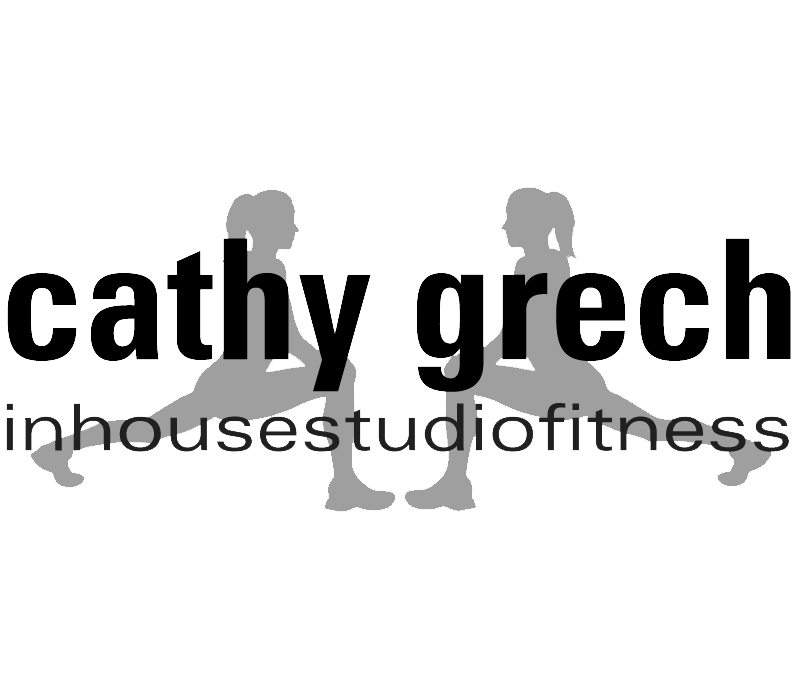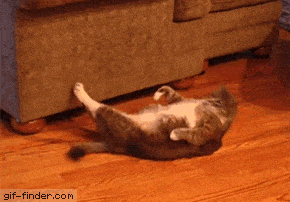Abs vs Core: what’s the difference — and why it matters for real strength
You’ve heard it in my fitness classes, seen it in my online workouts, and maybe even shouted it out yourself during a plank hold: “Engage your core!”
But hang on… what is your core exactly? Isn’t it the same as your abs?
Nope it’s not, so let’s clear it up because understanding the difference isn’t just about sounding clever at the gym. It’s about training smarter, getting stronger, and preventing the kind of injuries that can really mess with your momentum (and your lower back!).
Your abs are just the cover
When most people think of abs, they picture that chiselled six-pack - the rectus abdominis if we’re being technical. This muscle runs vertically down the front of your torso, and yes, it can look impressive if it’s well-trained and you’re lean enough for it to show.
But here’s the thing: your abs are really just the outermost layer of a much bigger (and more important) muscle system — your core.
Your Core Is the Engine Room
Your core is more like a deep support system that includes:
Transverse abdominis - your deep stabilising muscle
Obliques - those diagonal muscles on your sides
Pelvic floor
Multifidus - along your spine
Diaphragm
Glutes – that’s right, your butt is part of the core too!
These muscles wrap around your torso like a strong cylinder, stabilising your spine and pelvis whenever you move, twist, lift, walk, or even breathe deeply. Your core works all the time - not just when you’re on the mat doing crunches.
Think of your core like the central link in a chain. It connects your upper and lower body, and it needs to be strong and stable if you want to move efficiently and avoid injury. Weak core? Suddenly your back takes on more than it should. Your hips tighten. Your balance suffers. Your movement gets sloppy.
The abs-to-core confusion
So, how did abs become the poster child for the core?
Probably because they’re visible, flashy, and easy to isolate in workouts. But training just your abs with crunches or sit-ups is like painting the walls of your house without checking if the foundation is cracked. You’re focusing on aesthetics, not function.
Don’t get me wrong — there’s nothing bad about wanting strong abs. But when we shift our focus to training the whole core, something powerful happens:
Your posture improves
Everyday movements feel easier
You reduce your risk of falls and injury
You can lift heavier, walk taller, and move better
And of course, training your core can help define your abs over time — if that’s a goal of yours.
So how do you train the core (not just the abs)?
The good news is, you don’t need to spend hours on the floor doing hundreds of crunches. In fact, some of the best core exercises don’t involve any crunching at all.
Here are some core-focused moves I often use in my sessions, now you’ll better understand why we do them (even though some of you hate them 😊)
Double Leg Lifts – Brilliant for your deep stabilisers
Side planks – Fire up those obliques and glutes
KB or DB Swings – Engages all core muscles
Glute bridges – Activates that all-important backside
Pelvic floor engagement – Especially important if you've had kids, surgeries, or are managing chronic issues- (you’ll often hear me say “squeeze all your holes!)
Bonus: most strength exercises, like squats, lunges, and overhead presses, also use your core — if you're engaging it properly.
The Bottom Line
Abs might get all the attention, but your core is the real MVP when it comes to strength, movement, and injury prevention. And the best part? It’s never too late to build a stronger, more functional core — even if you haven’t seen your abs since the ‘90s.
So next time you're training with me (or at home), listen for that cue: "Engage your core." It’s more than a catchphrase — it’s the key to moving better, feeling stronger, and future-proofing your body.

